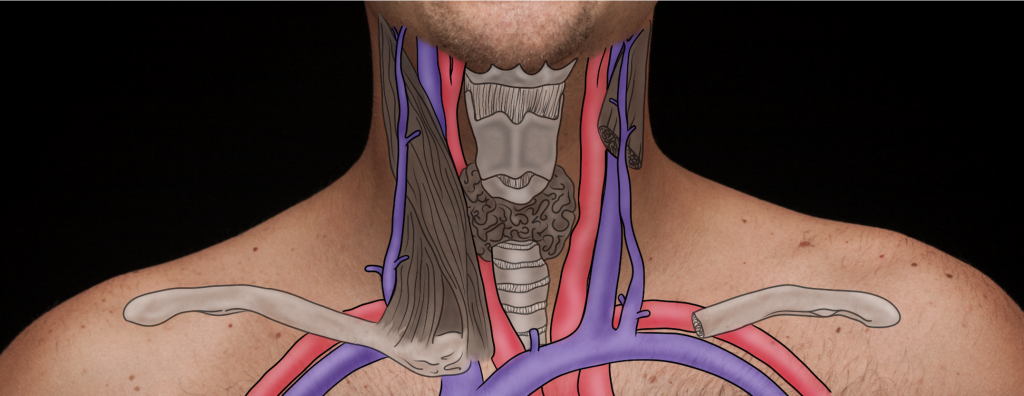Chapter 4 – Cardiovascular System Assessment
Introduction to the Cardiovascular System
The cardiovascular system is important because it is responsible for the provision of blood, oxygen, and nutrients to the body’s tissues and organs. If this system is not working properly, it provides sub-optimal perfusion of these elements to body tissues. Lack of perfusion can affect all body systems and tissues as a result of pathophysiological processes related to , , and . As a nurse, your assessment of the cardiovascular system provides information about the functioning of this system and potential cues that require your action.
Cardiovascular System Components
The main components of the cardiovascular system include:
- The heart (two atriums, two ventricles, and four valves).
- The main vessels (aorta, pulmonary artery, pulmonary vein, and superior and inferior vena cava).
- The coronary arteries.
- The carotid arteries and jugular veins (typically considered part of the peripheral vascular system but also included in this chapter). See Figure 4.1.

Figure 4.1: Carotid arteries and jugular veins
Photo by engin akyurt on Unsplash (image was cropped and illustrated upon for the purposes of this chapter)
You have probably already learned about the anatomy and physiology of the heart; see Video 4.1 for is a quick overview of how the heart works:
Video 4.1: Overview of how the heart works
Clinical Tip
The cardiovascular system is interconnected and influences many other body systems, so it is rarely assessed in isolation. When nurses are attempting to make sense of the cues that are relevant and of concern, they commonly assess other body systems: respiratory, peripheral vascular, and skin.
Activity: Check Your Understanding
refers to low levels of oxygen in the blood.
refers to low levels of oxygen in tissues and organs.
refers to high or low levels of electrolytes in the body such as potassium, sodium, and calcium.

